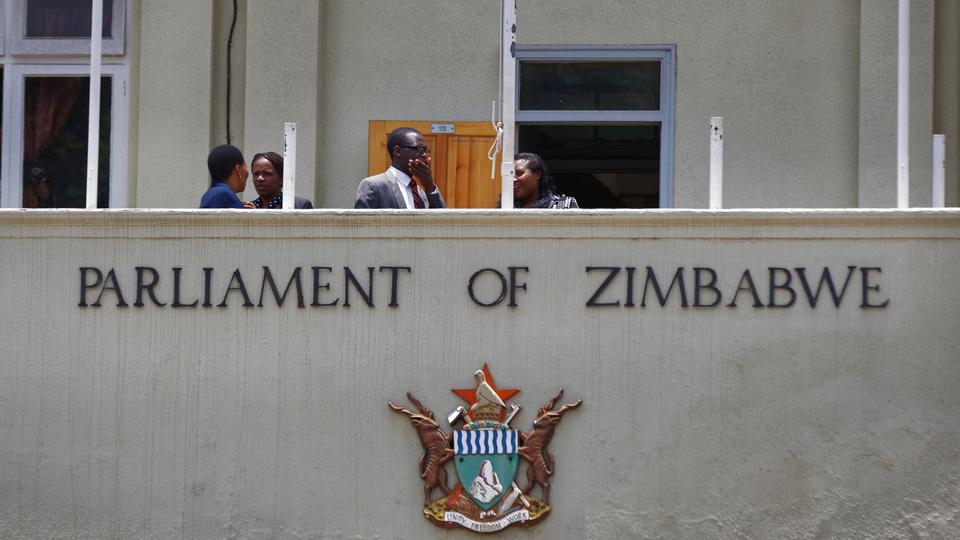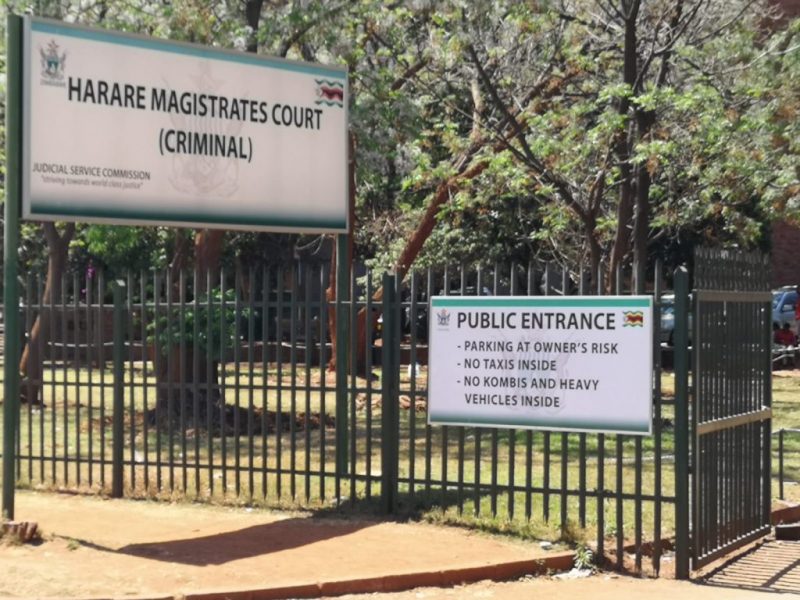
Reserve Bank of Zimbabwe (RBZ) governor John Mangudya served up his first monetary policy speech of the year on Monday in typical fashion; over-optimistic bluster topped with a pious sermon explaining away his policies.
— newZWire
Beneath all that, there are five key sets of numbers in his statement that show the deep hole that the economy has to climb out of.
Foreign direct investment is down, way down
How is the “Open for Business” campaign going? The numbers tell the story.
Foreign direct investment fell from US$717,1 million in 2018 to US$259 million in 2019.
There was an even sharper drop in the inflows of portfolio investment, a class of investments that includes assets such as shares. These dropped from US$54,7 million in 2018 to US$3.7 million in 2019. According to RBZ, “the decline in both FDI and portfolio investment was, in large part, due to heightened perceived country risk”.
We have a good trade balance and this is bad news
- Chamisa under fire over US$120K donation
- Mavhunga puts DeMbare into Chibuku quarterfinals
- Pension funds bet on Cabora Bassa oilfields
- Councils defy govt fire tender directive
Keep Reading
News that a country is exporting more than it is importing would normally be good news. Not so much in Zimbabwe’s case. The numbers show why.
The current account — the balance between what we export and what we import — swung from a deficit of US$1387,98 million in 2018 to a surplus of US$311,2 million in 2019. This would be good news, if this change was not due to the sharp fall in critical imports because of the country’s forex crisis. The current account also improved because we did not export enough; production of gold, the country’s biggest forex earner, was down 17%, while agriculture exports also fell.
In total, merchandise exports for 2019 were estimated at US$4,5 billion, some 3% down from US$4,7 billion in 2018.
RBZ acknowledges that “some of the hardest hit imports . . . are key inputs into the domestic production process, such as chemicals and electricity”. In other words, our factories couldn’t import the raw materials they need to produce, while the country imported less power.
Fewer people want to lend us money
The chances of getting offshore credit into Zimbabwe are getting ever slimmer.
In 2019, there was a sharp decline of 21% in the value of foreign loans for private companies.
Companies could only access just over US$1 billion, down from US$1,2 billion in 2018. Agriculture got 79,1% of the loans, up from 62,48% in 2018, as loans to other sectors shrunk. Contract tobacco takes up the bulk of those offshore farm loans.
“The country’s ability to attract offshore lines of credit has remained curtailed due to the perceived country risk,” RBZ admits.
Too much money . . .
Reserve money — the currency in circulation plus deposits with central bank — went up from ZWL$3,3 billion at the end of 2018 to ZWL$8,8 billion in December 2019.
The reason for this were subsidies for fuel, electricity, grain and other essentials, especially in the first half of 2019. Adding to this growth in money supply was ZWL$500 million in new local currency issued in 2019 to try and ease cash shortages.
The 200 Club
RBZ data confirms what we have always suspected; most of the country’s money is in the hands of a few.
The amount of money in the economy, as measured by total bank deposits, stood at ZWL$34,5 billion as at December 31, 2019. This was made up of ZWL$22 billion in local currency and the equivalent of the US$785 million in foreign currency.
Half of this ZWL$34,5 billion is in the hands of just 200 entities, the data shows.
It is this stock of money that the RBZ says is its “key focus area” in central bank’s efforts to bring stability to the exchange rate and inflation.
Mangudya, making his speech, appeared keenly aware of the influence of this club of 200.
“None in this room have excess real time gross settlement,” Mangudya said, as he gestured to the gathering of central bank officials, bank chief executives, economic analysts and journalists.











